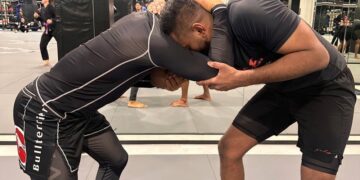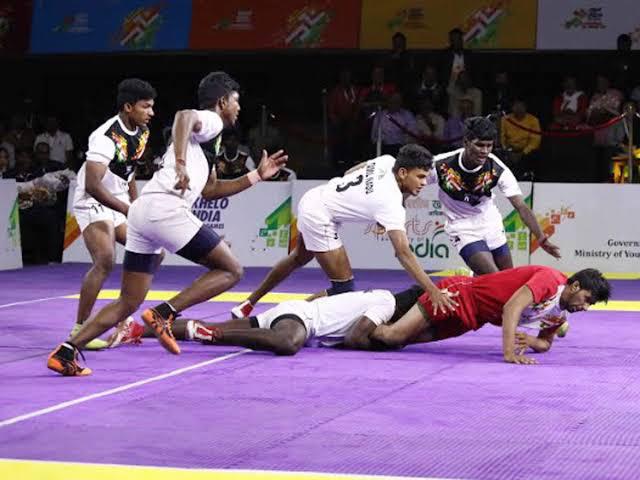Thinking of trying out Boxing for the first time? Whether you are joining a martial arts gym in Singapore or just looking for a fun way to stay active and relieve stress, Boxing is a great way to build strength, improve focus, and boost your fitness.
Known for its fast footwork, high-energy workouts, and mental discipline, Boxing is not just a sport but a skill that empowers. For beginners, the first class can feel exciting and maybe even a little intimidating. But rest assured, Boxing gyms welcome people of all backgrounds and fitness levels. This guide will walk you through everything you need to know about your first Boxing class, from what to bring to how the session typically flows, and what to expect during training.
Dress Right And Come Prepared
Most boxing gyms are casual and welcoming, but showing up in the right attire can make a big difference. Wear comfortable workout clothes that allow you to move freely. A t-shirt or tank top and athletic shorts or leggings are perfect. Shoes with flat soles, like cross-trainers or boxing-specific footwear, are also ideal.
While some gyms provide loaner gloves and hand wraps for beginners, it’s a good idea to bring your own hand wraps for hygiene reasons. You’ll learn how to wrap your hands to protect your wrists and knuckles during bag work. Some gyms also suggest bringing a small towel and a bottle of water to stay refreshed between rounds.
Warm-Up And Mobility Work
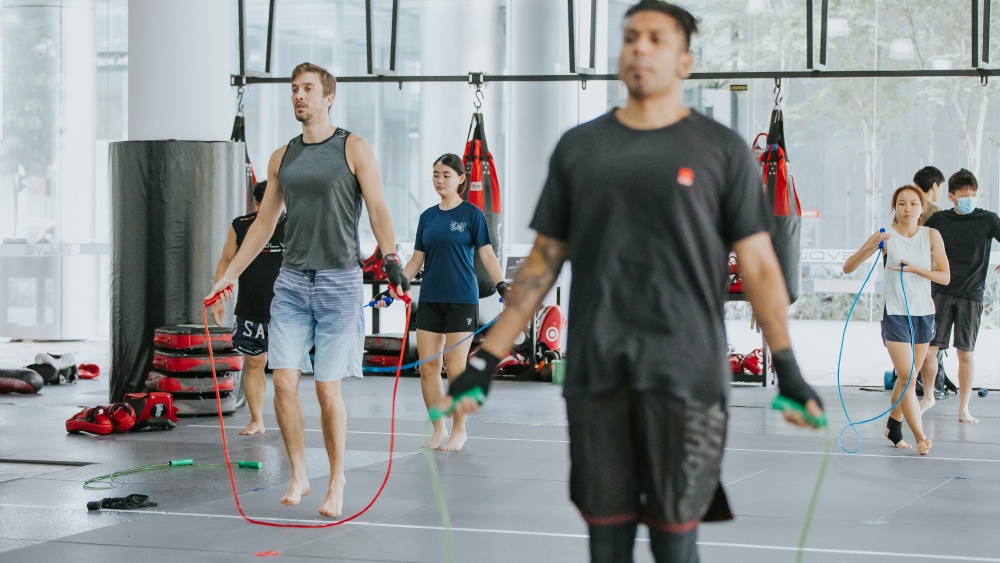
Boxing classes usually kick off with light cardio, dynamic stretches, and core-activating drills to prep your body for smooth, powerful movement.
Your class will likely start with a warm-up that gets your heart rate up and prepares your body for the workout ahead. Expect light cardio like jumping jacks, short jogs, or skipping rope. This may be followed by dynamic stretches and mobility drills that focus on loosening the shoulders, hips, and ankles.
Boxing requires fluid motion, especially in the legs and upper body. That’s why you might also do drills that activate your core and legs in the early half of the session. Think bodyweight squats, planks, or shadowboxing to fire up your coordination.
Learning The Basics
The first thing most coaches will introduce is stance and guard. You’ll learn how to stand properly, balance your weight, and protect yourself with your hands up. Don’t worry if it feels awkward at first; everyone starts somewhere, and coaches are used to helping beginners adjust.
From there, you’ll be taught basic punches like the jab, cross, hook, and uppercut. These are the building blocks of Boxing and will be revisited in every class. You’ll also be introduced to some head movement and footwork, often through fun drills that combine movement and reaction time.
Bag Work And Technique Drills

After learning the basics, you’ll practice combos on the heavy bag or pads, focusing on rhythm, balance, and clean technique over raw power.
After the basics, you’ll likely move on to heavy bag work. This is where you get to practice combinations while applying power and speed. You might follow a structured round with a coach calling out combos, or repeat simple punches at your own pace.
Don’t expect to go all out with power from the start. In Boxing, form and timing matter more than brute strength. That’s why beginners often focus on rhythm, balance, and striking cleanly with good technique.
Some classes may also include pad work with a coach or training partner. This helps you develop timing and accuracy while reacting to real-time cues. You’ll also get feedback on your form and where to make small improvements.
Conditioning And Cool Down
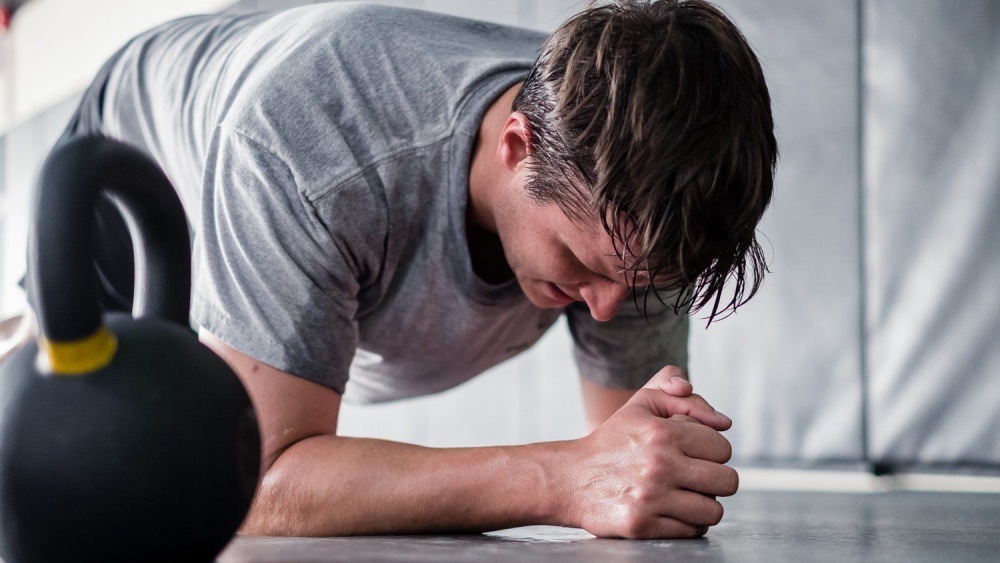
Boxing classes usually end with bodyweight conditioning and a cool-down of stretches and breathing to aid recovery and flexibility.
To finish strong, most Boxing classes include a conditioning segment. This could be high-rep bodyweight exercises like push-ups, crunches, and squat jumps, or short cardio bursts that mimic the demands of a boxing round.
After that, you’ll cool down with stretches that focus on flexibility and muscle recovery. Breathing exercises may be included to bring your heart rate back to normal and reduce muscle soreness.
The Class Environment
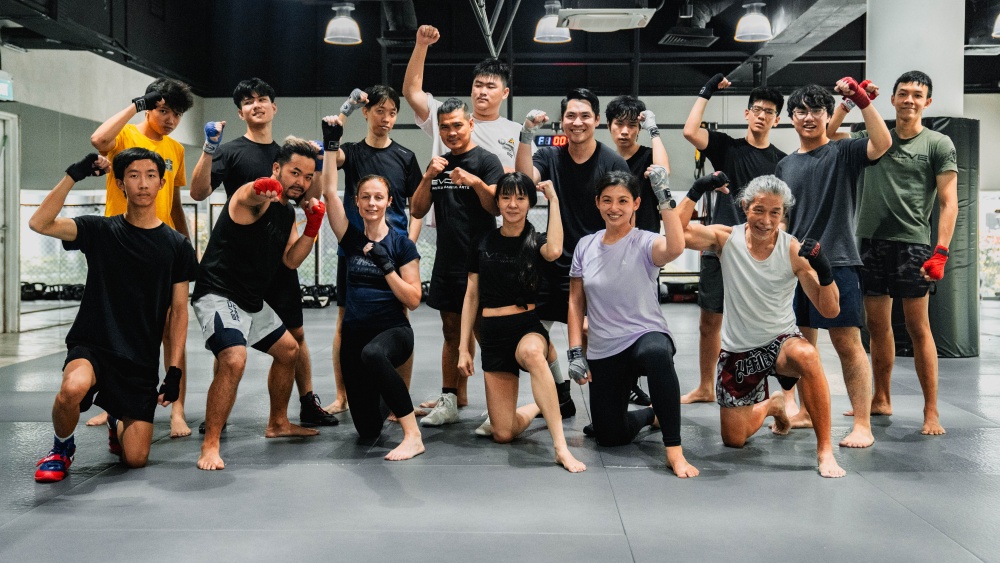
Many first-timers are surprised by how supportive boxing gyms are—trainers guide at your level, everyone’s focused on growth, and the vibe is welcoming and motivating.
One of the biggest surprises for many first-timers is how encouraging the boxing community is. Whether you’re in a beginner class or a mixed-level session, you’ll find that everyone is focused on self-improvement, not comparison.
Trainers know how to push you without overwhelming you. They also tailor feedback depending on your skill level, so you’ll never feel out of place. The energy in the room is often upbeat, motivating, and respectful. You might even make a few new friends in the process!
What You Will Walk Away With
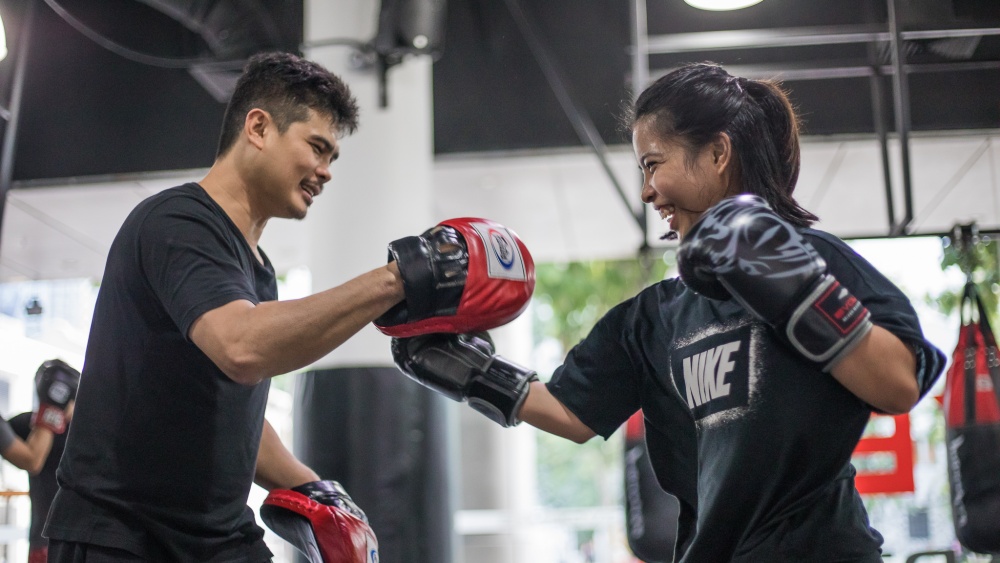
By the end of your first boxing class, you’ll leave sweaty, focused, and proud—having sharpened your mind and body through movement, discipline, and mental engagement.
By the end of your first class, you’ll feel accomplished and likely a bit tired (but in a good way). Expect to sweat, learn something new, and walk away with a better understanding of how your body moves. Boxing builds coordination, discipline, and confidence, all in one workout.
Even after just one session, you may notice how much focus boxing requires. You’re not just throwing punches, you’re thinking, reacting, and making micro-adjustments with every movement. That mental engagement is one of the biggest benefits people enjoy from the sport.
Frequently Asked Questions
Q: Do I Need Any experience Before Joining A Boxing class?
A: Not at all. Most classes are beginner-friendly. Coaches will guide you through the basics and adjust to your pace. Everyone starts from zero.
Q: What Should I Bring To My First Class?
A: Bring water, a towel, and wear comfortable workout gear. If you have hand wraps and gloves, great. If not, most gyms have gear you can borrow or rent.
Q: Will I Be Sparring On The first day?
A: No. Sparring is typically for more experienced students. First-timers focus on learning technique, bag work, and conditioning.
Q: How Often Should I Train Boxing As A Beginner?
A: Two to three times per week is a good start. It gives your body time to adapt while helping you build rhythm and consistency.
Q: Is Boxing Good For Fitness Even If I Don’t Want To Compete?
A: Absolutely. Boxing is one of the best full-body workouts. It builds cardio, strength, and mental sharpness, whether or not you ever step into a ring.
Final Thoughts
Whether you are completely new to boxing or just curious about trying martial arts, stepping into your first boxing class can be a rewarding experience. From the warm-ups to the pad work and drills, every part of the session is designed to help you improve at your own pace. You will gain more than just fitness; you will build confidence, sharpen your focus, and develop a stronger mind and body.
If you are thinking about starting boxing in Singapore or anywhere else, the best way to understand it is to give it a try. Once you lace up the gloves and throw your first few punches, you might just fall in love with the journey.
You may also like:
Muay Thai Vs Boxing: Choosing The Striking Martial Art That Fits You Best
16 Tennis Ball Drills to Sharpen Your Boxing Skills and Reflexes
Boxing has always been a global sport, attracting fans from all around the world, including the United States, the United Kingdom, Spain, and across Asia in countries like the Philippines and Singapore. From local gyms…
Boxing fans around the world are watching closely as the rematch between Oleksandr Usyk and Daniel Dubois approaches. Their first encounter sparked plenty of conversation, from impressive footwork and bodywork to controversy surrounding a pivotal…
Let’s be honest. Everyone thinks aggression gets a bad rep. In day-to-day life, we’re told to stay calm, composed, and controlled. And that’s good advice for your job, at home with your family, maybe even…
In martial arts, you’ll often come across a wide range of terms used during training. But when you hear the word sparring, what comes to mind? It means stepping into the training space with another…
Alright, let’s get this out of the way first: yes, Jake Paul is officially ranked by the WBC. And yes, depending on who you ask, that either means boxing is finally evolving, or that it’s…
If you are thinking about picking up a striking martial art in Singapore, you’ve probably heard of two popular options, Muay Thai and Boxing. Whether your goal is fitness, fun, or personal growth, understanding the…
Walk into any martial arts gym in Singapore or across the world today and you are bound to hear students and coaches talking about strength and conditioning, discipline, and the growing popularity of Muay Thai….
Step into any serious grappling conversation and you’ll soon hear the name Helena Crevar. At just 18 years old, she’s already shaking up the world of Brazilian Jiu-Jitsu and now stepping into ONE Championship’s grappling…
Martial arts such as Muay Thai, Boxing, BJJ, MMA, and many more, can be a little intimidating when you’re an outsider. You’re standing outside a martial arts gym, peering in. Inside, people move with fluidity…
Finding “me time” often feels impossible for busy parents, who are juggling school drop-offs, conference calls, and family dinners. Prioritizing your health isn’t a luxury; it’s required for you to be the parent your kids…
In Muay Thai, the elbow is often seen as the ultimate equalizer. It cuts, stuns and ends fights suddenly. Known as one of the “8 limbs” in Thailand’s national sport, the elbow has always been…
If you’ve spent enough time on the mats or inside the cage, you’ve probably heard two very different schools of thought when it comes to sparring. “Go hard or go home” or “Flow, don’t go.” But…











